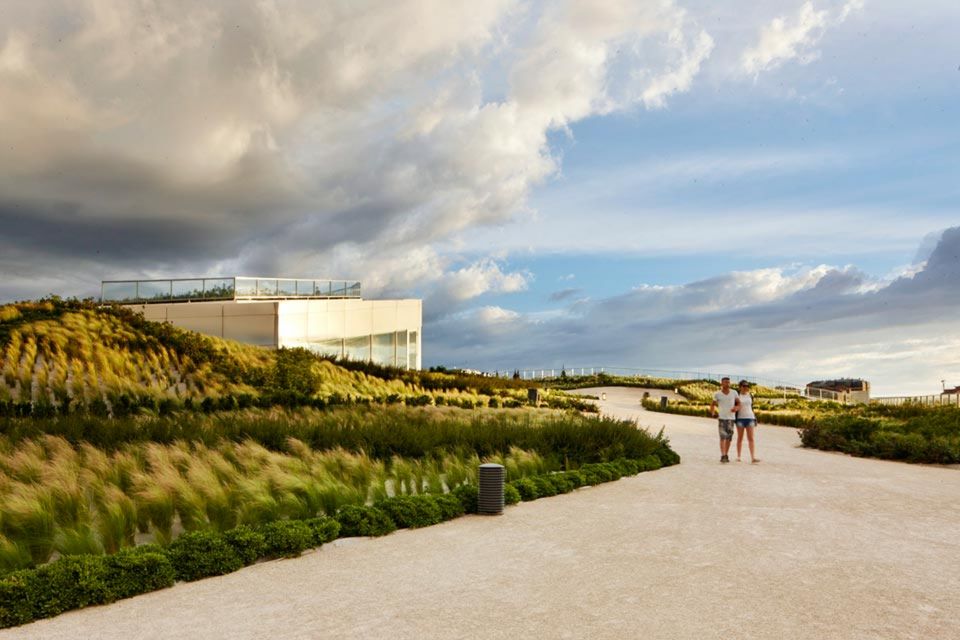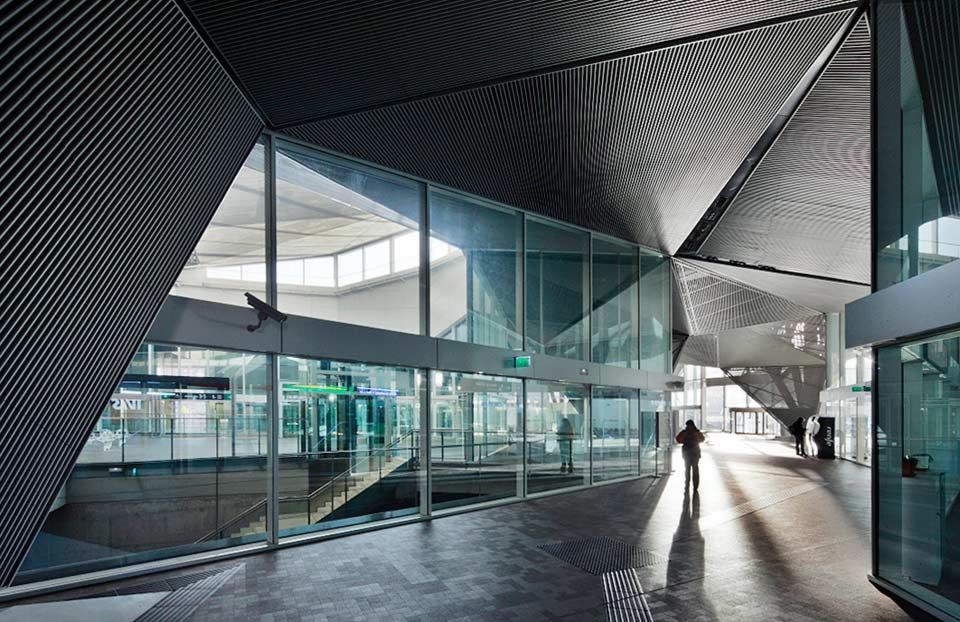Submitted by WA Contents
Harvard Graduate School of Design explores the concept of Dualism in its new exhibition
United Kingdom Architecture News - Feb 09, 2015 - 16:22 7008 views

ÁBALOS +SENTKIEWICZ arquitectos
January 19 – March 8, 2015
Iñaki Ábalos, Renata Sentkiewicz, curators
Much historic architecture often takes its composite tension from two theoretically incompatible morphological organizations that correspond to different disciplines or languages. This composite-tension technique usually involves the union of two organizations that possess both a degree of compatibility and incompatibility, leading to the appearance of a certain kind of “Frankenstein’s monster”—a hybrid, characterized by dualism. These types of unions between different forms and materials can be carried out physically—and in this case the assemblage will probably display seams and scars—or by processes of chemical fusion, which, in the organic world gives the “monster” the appearance of a unique organism whose greatest visual effect will then possess a new, surprising “naturalness.”
The word dualism may appear as a misnomer relative to its standard definition. In this new sense, its meaning extends beyond the reductive view that there is a struggle between two disciplines (for example, architecture and landscape). More accurately it refers to the limited scopes (for example the geometry used in each part) that can expand and infect almost all the scenarios intrinsic to a project. Dualism can also help to describe the typological outline that makes a project both an infrastructural and public facility. It also alludes to the way a project incorporates material, formal, and geometric contradictions (for example, the use of two materials whose logics and compatibilities do not fit together simplistically). Likewise, space can be conceived by introducing tension between the lower and the upper parts, or between the interior and exterior, or by means of intrusions of varying depths and differing configurations.
Iñaki Ábalos and Renata Sentkiewicz give a special thanks to the following people at the Harvard University Graduate School of Design: Mohsen Mostafavi, Dean and Alexander and Victoria Wiley Professor of Design, Pat Roberts, Executive Dean, Beth Kramer, Associate Dean for Development and Alumni Relations, Benjamin Prosky, Assistant Dean for Communications, and Dan Borelli, Director of Exhibitions

Angel Borrego is the author of the video, “Dear Monsters,” filmed in Madrid, Logroño and Cambridge, Massachusetts for the occasion.
Iñaki Ábalos and Renata Sentkiewicz oversaw the curatorial and exhibition designs with assistance from Jorge García de la Cámara and Milou Teeling of ÁBALOS+SENTKIEWICZ. With the projects spanning over 20 years, it’s impossible to thank everyone from our office individually, but these works would not happen without their contributions.
> via Harvard GSD